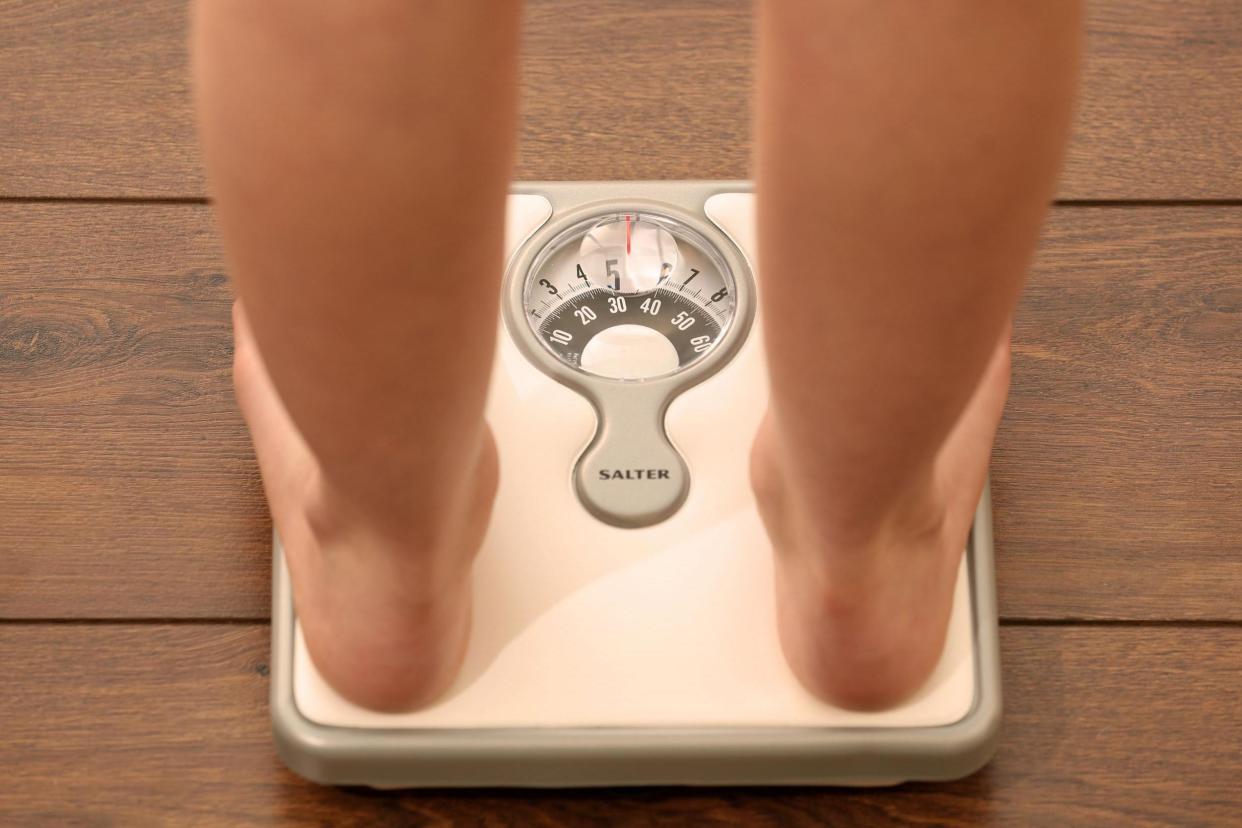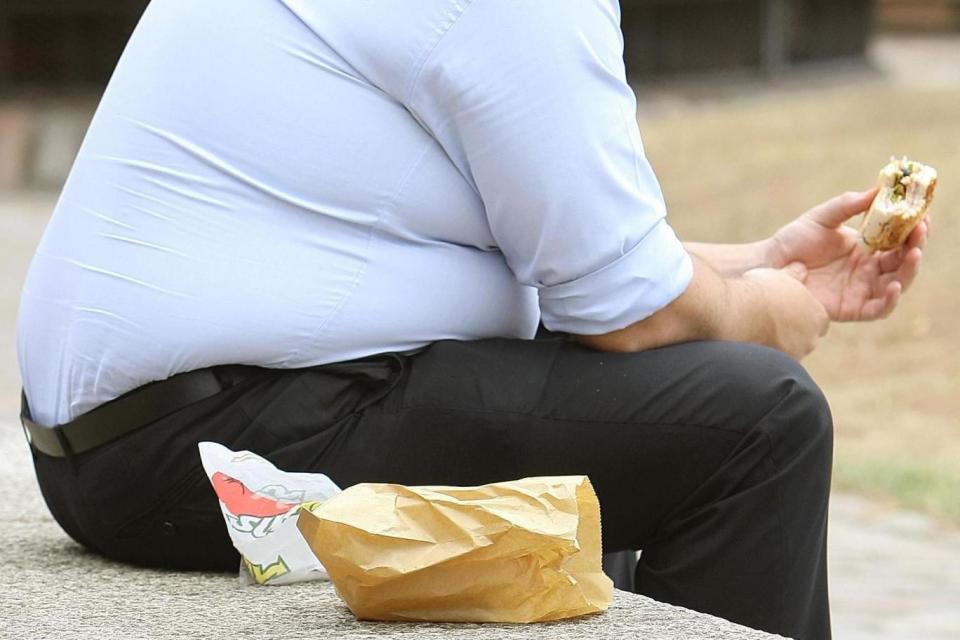Type 2 diabetes: Symptoms, treatment and difference from type 1 for World Diabetes Day 2018

In August of this year, the number of people being diagnosed with Type 2 diabetes reached epidemic levels, according to figures released by a charity.
The British Heart Foundation predicted that over the next two decades, the number of people with diabetes in England will increase from four million to five million.
This will, in turn, lead to an increase in the number of heart attacks and strokes as a result of the condition.
This increase is partly because of the rising number of those who are becoming obese, and the charity has said "bold action" is needed to tackle the obesity epidemic.
Here's everything you need to know about the symptoms of diabetes, what causes it and how the condition is treated:
What is Type 2 diabetes?
Type 2 diabetes is a condition that causes the level of sugar in the blood to become too high, caused by problems with the body's level of insulin.
It can lead to potentially serious problems such as:
heart disease or stroke
nerve damage
foot sores and infections
partial sight or blindness
miscarriage and stillbirth
kidney problems
What's the difference between Type 1 and Type 2 diabetes?
People with Type 1 diabetes don't produce insulin, whereas people with Type 2 diabetes don't respond to insulin as well as they should and later don't make enough insulin.
Type 2 diabetes accounts for 90 per cent of cases, which is linked to obesity and overall poor health.
Type 1 diabetes makes up 10 per cent of cases, which has nothing to do with lifestyle choices and is neither preventable nor reversible.
What are the symptoms of Type 2 diabetes?
Many people develop type 2 diabetes without realising. However, some of the symptoms to look out for include:
peeing more than usual, particularly at night
feeling thirsty all the time
feeling very tired
losing weight without trying to
itching around the genitals, or repeatedly contracting thrush
cuts or wounds taking longer to heal
blurred vision

Why is Type 2 diabetes linked to heart attack and stroke?
Studies suggest that type 2 diabetes greatly increases the risk of heart attack or stroke.
This is because people with type 2 diabetes may develop a number of conditions, such as high blood pressure and cholesterol, which contribute to their risk of developing cardiovascular disease.
The British Heart Foundation has said that the diabetes epidemic could lead to a 29 per cent increase in heart attacks and strokes linked to diabetes.
How is Type 2 diabetes treated?
Once you're diagnosed with Type 2 diabetes, you will usually be offered metformin tablets first, which work by reducing the amount of sugar your liver releases into your blood.
If your blood sugar levels don't lower within 3 months, you may need another medicine.
Over time, you may find you need a combination of medicines to treat the condition.
There is a range of diabetes medication available, so speak to your GP who can advise you on what treatment is right for you.
A healthy diet and keeping active will also help manage your blood sugar level.

 Yahoo News
Yahoo News 
